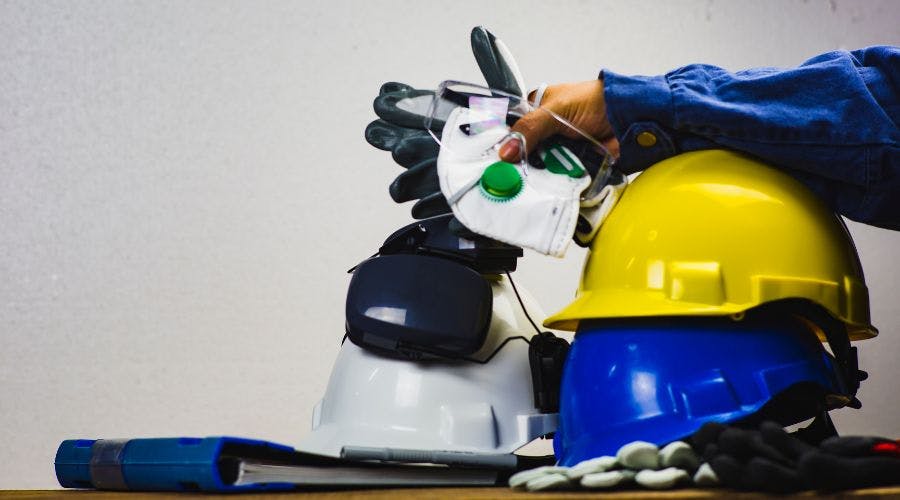Understanding Workplace Health and Safety

The number one skill that our host employers are always looking for in a new apprentice or trainee is an understanding of and commitment to Workplace Health and Safety.
No matter what trade or industry you are hoping to enter, a positive attitude to WHS is essential to creating a safe and healthy learning environment as you learn your trade and work with others. New employees in any organisation play an important role in keeping the workplace safe.
Employers often tell us how rewarding it is when a newbie apprentices begins to identify previously overlooked WHS issues. Your fresh eyes and developing WHS knowledge provide you with the opportunity to bring WHS back to the forefront of everyone’s minds in your host employer’s workplace.
But how do you establish an understanding of WHS before you get the job?
There are a number of resources available online that can help you, but being National Safe Work Month we wanted to share two essentials for understanding the value and importance of WHS.
Every Individual Plays an Important Role in WHS
- There are a number of bodies in Australia responsible for regulating and enforcing WHS laws, but ultimately it’s up to all of us to build and maintain a safe workplace.
- No matter your role or job you can always keep safety front of mind, not just for yourself but also for others.
- This is often referred to as “Duty of Care”. Your employer has a duty of care to protect and maintain your safety as best as they can in the workplace and you consequently have a duty of care to observe WHS policies and procedures to maintain a safety workplace for yourself and those around you.
Wearing the Right Personal Protective Equipment (PPE) is Your Responsibility
- Your uniform is made up of your minimum required PPE to carry out your job safely. This is supplied to you by MIGAS and should be worn and cared for appropriately.
- It’s your responsibility to be in this full PPE at all times on the job site. You can be sent home if you are missing something.
- It’s up to you to ensure that you also wear any additional PPE as required depending on the different and varied tasks you complete during each shift. This could be as simple as switching to the right face mask to protect your face and eyes from injury in changing welding techniques.
These are many more essentials to understanding WHS. When you start an apprenticeship with MIGAS you will undertake our WHS Induction about our safety policies and procedures. You will also complete subjects as part of your apprenticeship or traineeship specific to WHS in your trade and industry.
To be successful in your on-the-job and off-the-job training it is essential that you are committed to completing these and more WHS training as it’s required.
For more information about National Safe Work month, visit Safe Work Australia.